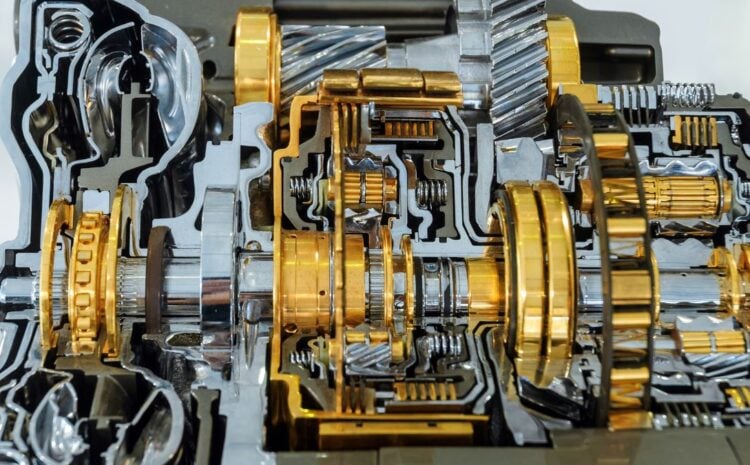Industrial gearboxes play a critical role in many industrial applications, transmitting power and torque to various machinery and systems. They are critical components that must be maintained and repaired properly to ensure they operate efficiently and effectively. This article will discuss industrial gearbox maintenance and repair, proper lubrication, regular inspections, and replacement of worn components.
Lubrication
One of the most important aspects of industrial gearbox maintenance is proper lubrication. Lubricants serve several purposes in gearboxes, including reducing friction, protecting against corrosion, and maintaining a consistent level of viscosity. Without proper lubrication, the gearbox can experience significant wear and tear, leading to reduced efficiency, increased downtime, and the need for costly repairs.
Industrial gearboxes use several types of lubricants, including mineral oils, synthetic oils, and grease, depending on the specific requirements of the gearbox and the operating conditions it will face. The frequency of lubrication is also critical and will depend on the specific gearbox and operating conditions.
Inspection
In addition to lubrication, regular inspections of the gearbox are essential to ensure it operates efficiently and effectively. During these inspections, it is important to look out for common problems such as leaks, vibrations, and excessive noise. Prompt detection and resolution of these problems are essential to avoid more significant issues and prevent costly downtime.
Regular inspections also help identify worn parts that can be easily replaced to ensure the gearbox continues to operate efficiently. Worn parts can cause significant damage to the gearbox if left unchecked, leading to reduced efficiency and the need for costly repairs.
Replacement of Worn Parts
Another critical aspect of industrial gearbox maintenance is the replacement of worn parts. Commonly worn parts in industrial gearboxes include bearings, gears, and seals. Worn parts can be easily detected by regular inspections and can significantly impact the efficiency and effectiveness of the gearbox if not replaced promptly.
It is important to use high-quality replacement parts when replacing worn components in the gearbox. Parts designed to meet the exact specifications of the gearbox and of high-quality will ensure that the gearbox operates efficiently for an extended period.
Conclusion
Proper maintenance and repair of industrial gearboxes are essential to ensuring they operate efficiently and effectively. Lubrication, inspection, and replacement of worn parts are all critical aspects of industrial gearbox maintenance that must be taken into consideration. By taking the time to maintain and repair your industrial gearbox properly, you can reduce downtime, minimize repair costs, and extend the life of your gearbox.
It is also important to work with experienced technicians who understand the specific requirements of industrial gearboxes. These technicians can provide expert advice and guidance, helping you make informed decisions about maintenance and repair.
Proper maintenance and repair of industrial gearboxes are essential to ensuring they operate efficiently and effectively. By taking the time to properly lubricate, inspect, and replace worn parts, you can reduce downtime, minimize repair costs, and extend the life of your gearbox.



